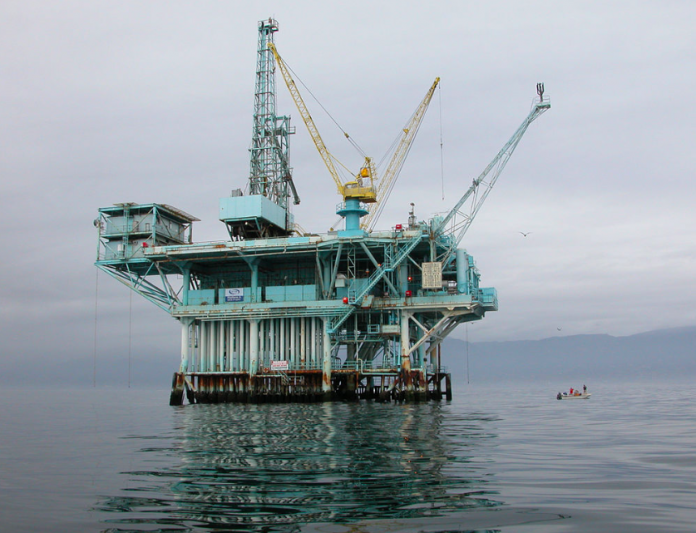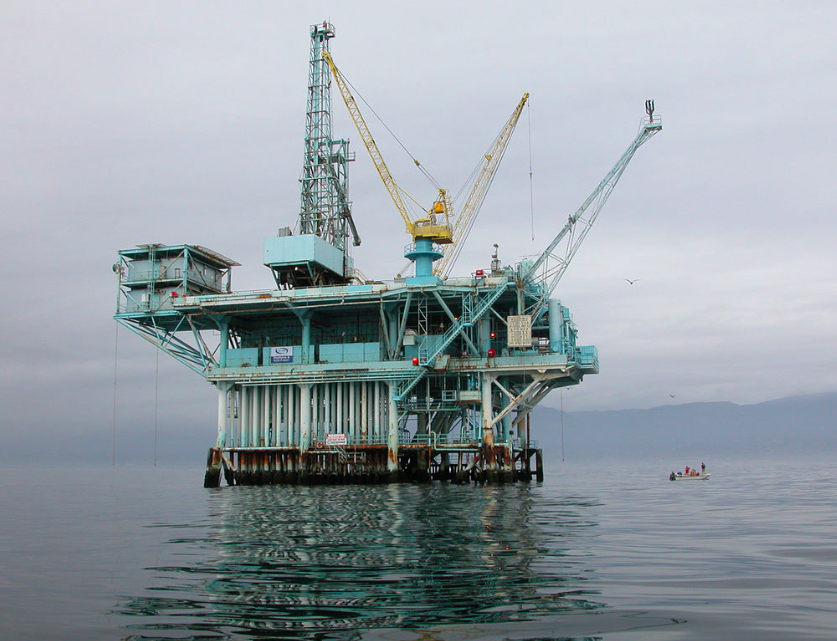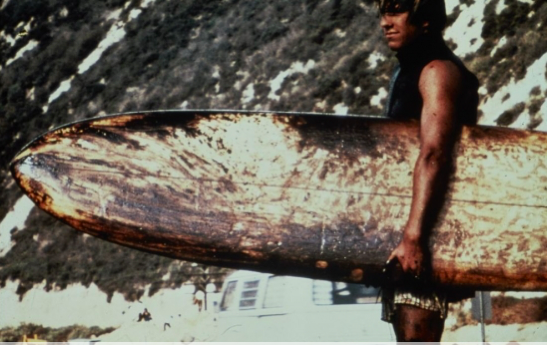
Fifty years ago this weekend, there wasn’t anything you could call an environmental movement in the United States.
There were a few signs, in January 1969, that Americans were concerned about the air they breathed and the water they drank. Rachel Carson’s Silent Spring in 1962 warned of the perils of toxic waste. Laws were passed banning DDT. David Brower had turned the Sierra Club from a moderate outdoorsy organization into a political operation.

But for the most part, the environmental movement was still in its larval form, waiting to be born.
And then in Santa Barbara, on Jan. 28, an offshore oil well blew out.
The Santa Barbara Oil Spill was the spark that set of a massive national movement, that brought organized environmentalism to life. It directly led to the first Earth Day, April 22, 1970, which – with an estimated 20 million participants — was the largest single demonstration in the history of the US.
And half a century later, the Trump Administration wants to ignore all the lessons of history and allow more oil drilling off the Central California coast. Activists will gather in Santa Barbara this weekend and Monday to remember that pivotal disaster – and demand that it never happen again.

Marc Mowrey and I interviewed the key players and investigated the spill for our 1993 history of the US environmental movement. It went like this:
It was a sunny Tuesday afternoon. Dick Smith, a photographer for the Santa Barbara News-Press, was one of the first to get the word. He walked across the street to General Electric’s Center for Advanced Studies, where his old friend Bud Bottoms was working on a mechanical drawing.
Smith and Bottoms liked to go fishing together, and the Santa Barbara Channel had among the richest collections of marine life anywhere in the world.
The beaches were pristine and beautiful: Four million tourists a year came to the Southern California town of 75,000 to enjoy the sun, the cool ocean water, the hiking and the fishing.
But in the past few years, oil companies, with the permission of the state and federal government, had been building huge platforms in the channel and drilling for oil. The federal government had sold the rights to drill in 71 tracts off the coast for $603 million. The platforms were ugly, and Bottoms and his friends worried that the drilling would disturb the fish.
They had no idea how bad things could get.
Union Oil had a rig called Platform A, and had crews working to feed a metal casing down through the ocean floor, with a drill bit stirring up mud, sand, and rock as it sought undersea oil.
The underwater oilfields were deep and full of fossil fuels, as the oil company and federal geologists had predicted. But the ocean floor in the channel was about the worst place you could possibly drill for oil and gas that, after millions of years, were under high pressure.
The land under the sea was mostly sand and loose silt, packed with fissures and earthquake faults. Once a drill struck oil, it would be hard to contain.
The oil company geologists said that modern technology could solve the problem. The government geologists agreed.
They were wrong.
When Platform A hit oil at 3,479 feet below the surface, the drill bit hit a snag and stuck. When the crew managed to free it, oil and gas came pouring up the well. The gas was so thick the platform crew could barely see, much less breathe. But they managed to get the bit back in place, which in normal circumstances would have sealed the well.
But the channel was not a normal drilling area: The pressure kept up, and the oil began boiling out of cracks in the sand. Within two weeks, 3 million gallons had fouled the beaches, destroyed the tourist trade, killed of untold numbers of fish, and turned Santa Barbara into a huge news story and a household name.
It also drove bottoms and Smith to form an organization called Get Oil Out, which attracted a senator from Wisconsin, Gaylord Nelson, to come give a talk.
Nelson was a Democrat, but someone who could work with Republicans. He wasn’t a fiery rabble-rouser – but he was an early environmentalist. And after he left his speech in Santa Barbara, and got on a plane for San Francisco, he noticed a copy of Ramparts Magazine on the seat.
Ramparts was a radical publication, not the sort of thing Nelson normally read. But he was bored, it was a short ride, so he took a look.
That issue was devoted to the national “teach-ins” on the Vietnam War. Nelson later told us he was intrigued; maybe what the country needed was a national teach-on on the environment.
That became Earth Day.
And now, you have to wonder how much we have learned.
A Trump Administration plan to open more of the nation’s coastlines to drilling is working its way through the federal system. Within the next month, the specific proposals will be published, followed by a draft Environmental Impact Statement, Linda Krop, chief counsel for the Environmental Defense Center in Santa Barbara told me.
It’s ironic: Most of the platforms currently operating in the Santa Barbara Channel are losing money, Krop said, and there’s a move to convince the oil companies to start decommissioning them. “We were looking at this as the beginning of the end,” she said.
There’s broad opposition in California to oil drilling off the coast, “and we are starting to see bipartisan opposition in Congress,” Krop said.
Still, the process moves forward
“Offshore oil drilling has taken a devastating toll on the country over the past 50 years,” Blake Kopcho, an organizer with the Center for Biological Diversity, said. “Our coastlines and climate can’t take another Santa Barbara oil spill or Deepwater Horizon disaster.”
The center, along with Greenpeace, the Surfrider Foundation, Food and Water Watch, and Citizens for Responsible Oil and Gas will gather at 10am outside the Bureau of Ocean Energy Management’s Pacific headquarters at 760 Paseo Camarillo, in Camarillo, just south of Santa Barbara.
“The Santa Barbara oil spill was the wakeup call we should have listened to,” said Bill Hickman, Southern California manager for the Surfrider Foundation. “Nothing can make offshore drilling safe.”


